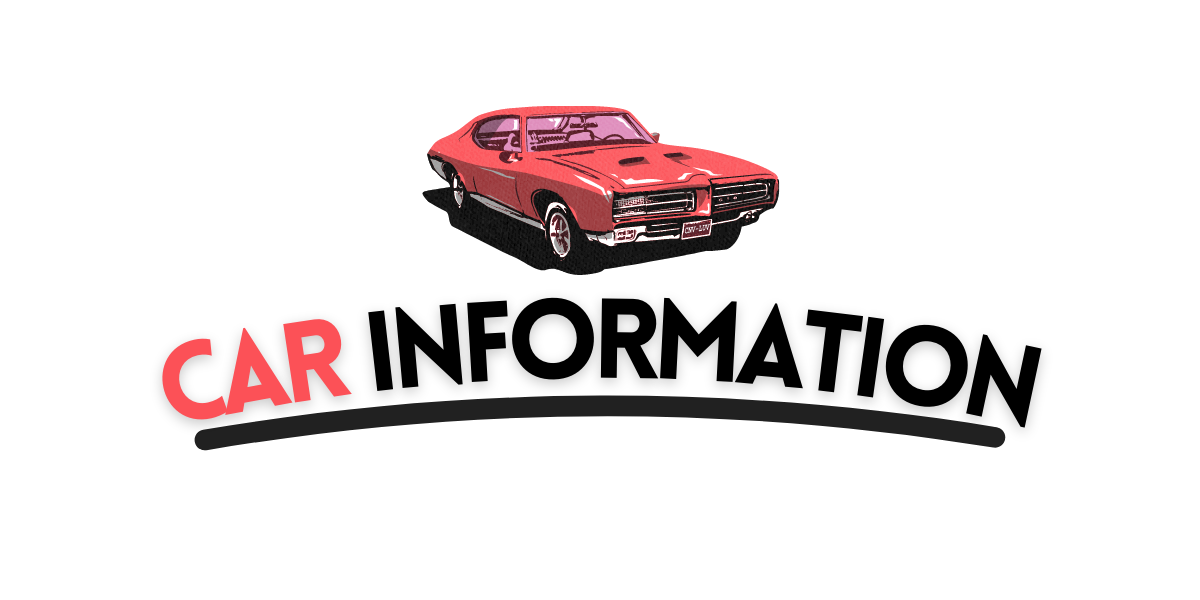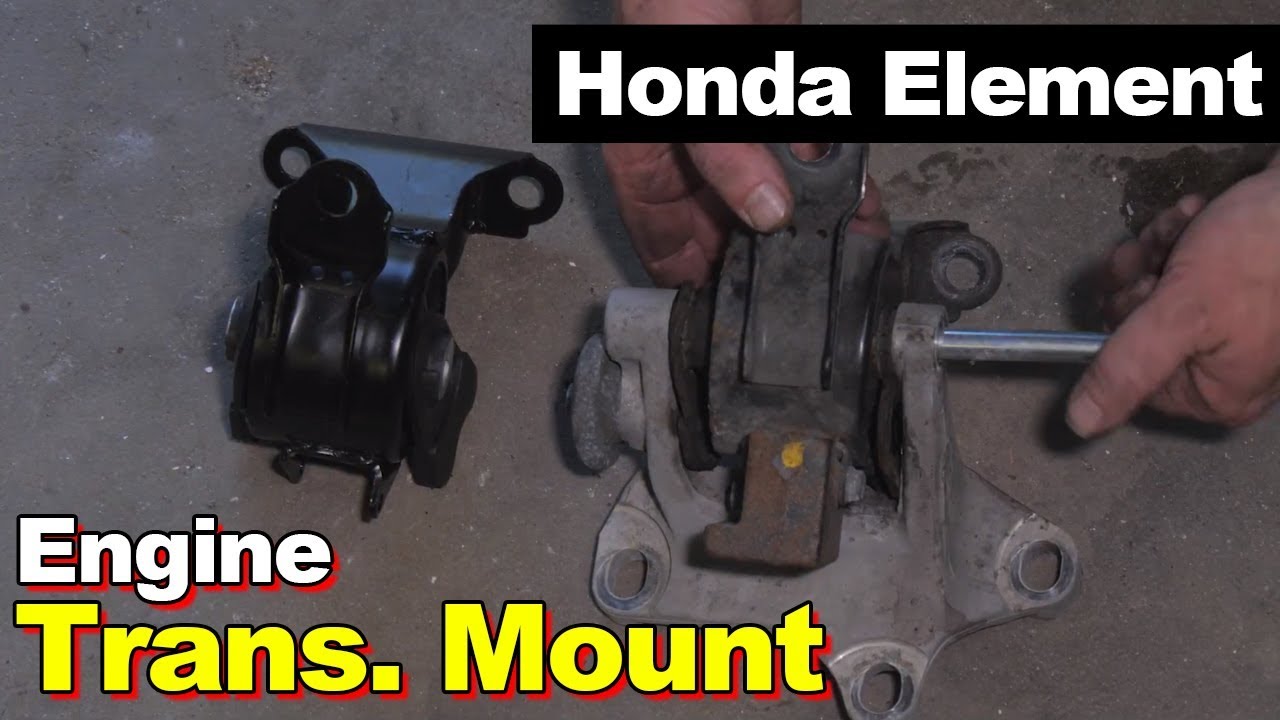The engine and transmission mounts act as an insulator between the vehicle frame and the engine components in order to hold, support, and isolate the vibrations that occur when the engine is running.
What Is A Transmission Mount Bracket?
A transmission mount is a support that is welded or bolted to the chassis and holds the rear of the transmission, or tailshaft, securely to a crossmember. Typically, a transmission mount has a rubber or urethane bushing that is bolted or welded to a bracket.
| It is one of the most curious topics of users: | Honda element transmission mount |
| After that, the second most searched topic is: | Honda element motor mount diagram |
| And with this, another curious topic: | Honda element forum |
Why Do Transmission Mounts Break?
Excessive stop-and-go driving will wear down the transmission mounts, as will oxidation, which degrades the rubber or urethane in the mounts. Mounts can be broken by lifting the engine and transmission incorrectly.
Note: In addition to the information we have provided in our article on 2004 honda element transmission bracket, you can access the wikipedia link Here, which is another important source on the subject.
How To Check Automatic Transmission Fluid Level On A Honda Element?
The dipstick in the right end of the transmission housing with the yellow marking is used to check the level of the automatic transmission fluid with the engine off and the car on level ground. Remove the dipstick and wipe it off.
What Kind Of Transmission Does A Honda Element Have?
Honda Element (YH1/2) TransmissionWheelbase2,576 mm (101.4 in)Length4,300 mm (169.3 in) (2003–2008) 4,315 mm (169.9 in) (2009–2011) DimensionsWheelbase2,576 mm (101.4 in)Length4,300 mm (169.3 in)
How Do I Read A Honda DTC Code?
All models can be read by bridging the two pins in the service connector and reading the MIL on the instrument cluster. Vehicles built after 2000 have a 16-pin diagnostic connector behind the center console on the passenger side. To retrieve or clear codes using this connector, a fault code reader is required.
Does A 2003 Honda Element Have A Transmission Filter?
Honda Element 2003-2011 Automatic Transmission Filter (Replaces 25430-PLR-003)
Do You Check Honda Transmission Fluid While Car Is Running?
To ensure that the reading is as accurate as possible, the Honda should be parked on a level surface, and the transmission fluid level should be checked while the engine is running and the vehicle is fully warmed up. To begin, remove the dipstick for the transmission fluid.
What Kind Of Transmission Fluid Does A Honda Element Take?
If you do not have access to Honda Premium Formula Automatic Transmission Fluid (ATF), you can use DEXRON® III automatic transmission fluid as a temporary substitute.
What Is The Best Transmission Fluid For A Honda?
Idemitsu ATF Type H-Plus has optimized viscosity and cutting-edge friction-reducing additive technology to deliver exceptional fuel economy in Honda and Acura vehicles where Honda ATF Z-1 or DW-1 fluid is specified.
What Year Honda Has Transmission Problems?
Quick Answer: Don’t buy a Honda Accord from 1998 to 2005, 2008 to 2010, 2013, or 2014. At the turn of the century, Honda had a rough time. The new sixth-generation Accord’s transmission had problems shifting, sometimes failing completely, and several engines stalled out while driving.
Why Does My Automatic Transmission Shift Hard From 1st To 2nd?
Hard shifting can result from a lack of adequate lubrication within the transmission, which can cause a number of issues, including hard shifting. Transmission Fluid Low or Poor Condition: Vehicles that are operating with worn-out or contaminated fluid or that are running low on transmission fluid are more likely to experience hard shift conditions.
Why Is My Automatic Transmission Jumping?
The vacuum modulator valve helps older vehicles determine when to shift gears. A hose connects the valve to the intake. This is typically the result of problems with the vacuum, transmission fluid, or a bad sensor.
Why Does My Transmission Shift Up And Down?
Dirty transmission fluid, a low fluid level, a clogged line, or a faulty transmission pump can all affect line pressures, and a faulty sensor or solenoid can cause a shifting issue that can be easily fixed by a trained technician.
How Do You Fix A Faulty Shift Solenoid?
To reach the solenoid, you will typically need to remove the transmission fluid pan, and in some vehicles, you may need to replace the entire solenoid pack in order to resolve the issue. Additionally, you will need to replace the transmission fluid and filter simultaneously.

